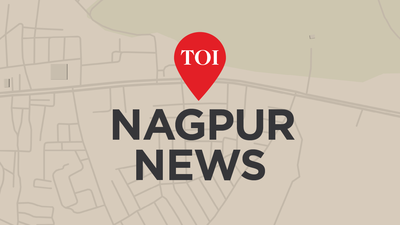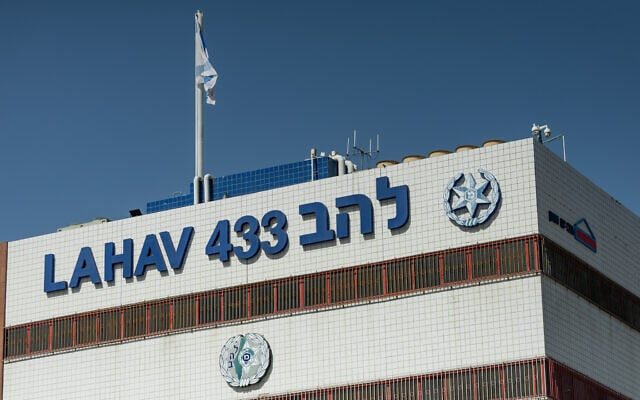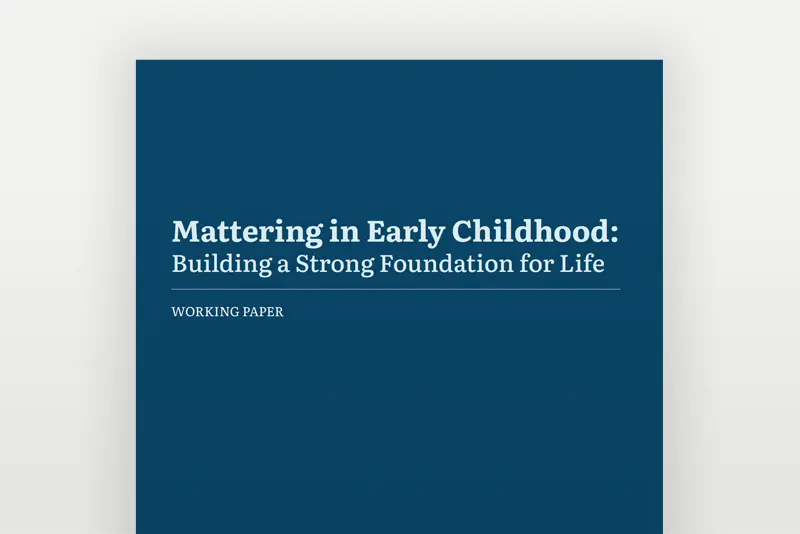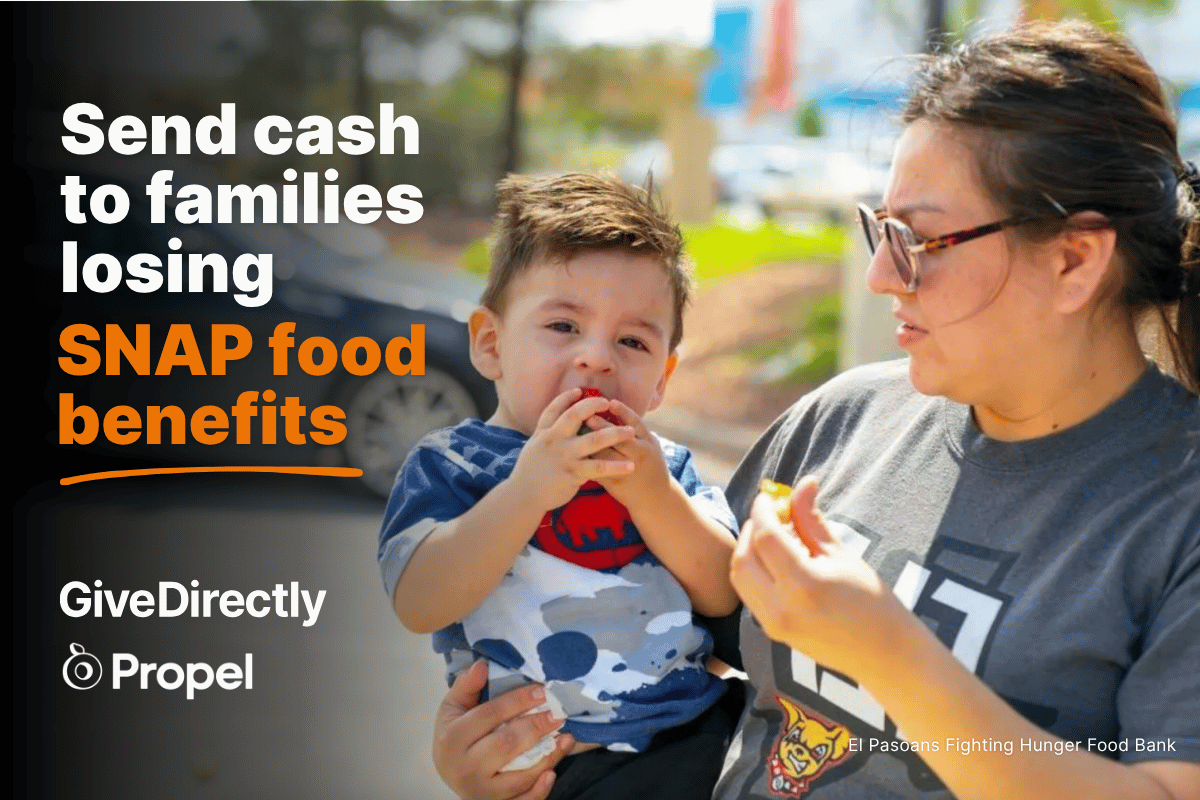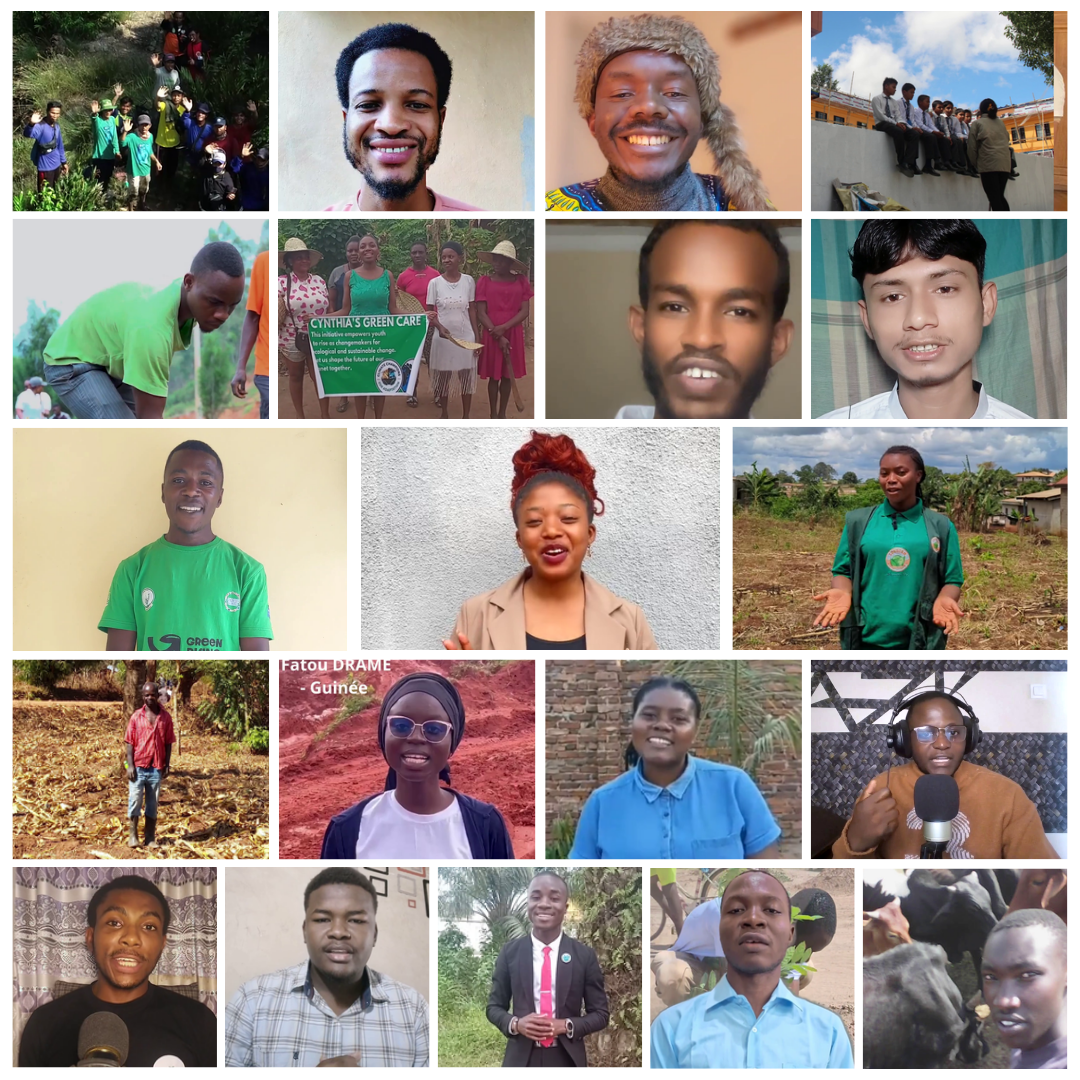32 companies join Orange Jordan workshop on safe, sustainable work environment – ZAWYA

Report on Orange Jordan’s Occupational Health and Safety Workshop
Executive Summary
Orange Jordan conducted a two-day workshop focused on occupational health and safety for over 32 local and international partner companies. The event, held in collaboration with national ministries and institutions, aimed to promote a culture of safety and enhance preventive practices. This initiative directly supports several United Nations Sustainable Development Goals (SDGs), particularly those concerning health, decent work, and partnerships, by fostering a safe and secure working environment for all employees and contractors.
Workshop Overview and Strategic Alignment with SDGs
Introduction and Core Objectives
Organized by the Human Resources Department at the Orange Training Center, the workshop was designed to align business partners and contractors with national and international health and safety regulations. The primary objective was to institutionalize a culture of occupational safety, thereby contributing to sustainable and responsible business operations. The event was held under the patronage of Dr. Ibrahim Harb, Chief Legal, Regulatory,Sourcing & Supply Chain Officer / Chief Human Resources Officer.
Contribution to Sustainable Development Goals (SDGs)
The workshop’s agenda and goals demonstrate a significant commitment to the following SDGs:
- SDG 3: Good Health and Well-being: By focusing on workplace hazard prevention, first aid, and promoting a healthy work environment, the initiative directly contributes to ensuring healthy lives and promoting well-being for all workers.
- SDG 8: Decent Work and Economic Growth: The workshop is a direct implementation of Target 8.8, which calls for the protection of labor rights and the promotion of safe and secure working environments for all workers. Orange Jordan’s commitment to this goal extends throughout its supply chain.
- SDG 16: Peace, Justice and Strong Institutions: The collaboration with governmental bodies like the Ministry of Labor and the Social Security Corporation showcases the development of effective and accountable institutional partnerships to enforce safety regulations.
- SDG 17: Partnerships for the Goals: The event serves as a model for multi-stakeholder partnerships, bringing together the private sector (Orange Jordan and partners), government entities, and civil society experts to achieve shared sustainability objectives.
Workshop Proceedings and Key Outcomes
Agenda and Thematic Focus
The comprehensive agenda covered critical areas essential for building a robust safety culture. Key topics included:
- Health and Safety Regulations
- Workplace Hazard Identification and Prevention Methods
- Social Security and Work Injury Protocols
- Proper Use of Personal Protective Equipment (PPE)
- Road Safety and First Aid
- The Role of Positive Thinking in the Workplace
The sessions also featured a presentation on Orange Jordan’s successful development of its internal occupational health and safety system as a best-practice model.
Multi-Stakeholder Engagement
The workshop’s impact was amplified by the participation of key national bodies, which commended the initiative as a leading example of corporate responsibility. Participating entities included:
- Ministry of Health (Occupational Health Department)
- Ministry of Labor (Occupational Health and Safety Directorate)
- Ministry of Environment (Ozone Unit)
- Ministry of Agriculture (Forestry Directorate)
- Social Security Corporation (Occupational Health and Safety and Work Injuries Directorate)
- Public Security Directorate (Civil Defense and Jordan Traffic Institute)
Corporate Commitment and Conclusion
Leadership Vision for a Safe Work Environment
Dr. Ibrahim Harb, Chief Legal, Regulatory, Sourcing & Supply Chain Officer / Chief Human Resources Officer, reiterated that the health and safety of all personnel is a top priority and a fundamental component of the company’s culture. He stated, “Through this workshop, we aim to raise awareness, share expertise, and enhance preventive practices and compliance with health and safety standards to achieve a safe and positive work environment for all.” This statement reinforces the company’s dedication to SDG 8.
Conclusion and Call to Action
The workshop concluded with a formal call to all partners and contractors to maintain their commitment to the highest standards of occupational health and safety. The event successfully reinforced the shared responsibility among all stakeholders to protect lives and promote well-being, solidifying a collective commitment to the principles outlined in the Sustainable Development Goals.
1. Which SDGs are addressed or connected to the issues highlighted in the article?
- SDG 3: Good Health and Well-being
- SDG 8: Decent Work and Economic Growth
- SDG 17: Partnerships for the Goals
2. What specific targets under those SDGs can be identified based on the article’s content?
-
SDG 3: Good Health and Well-being
-
Target 3.6: By 2020, halve the number of global deaths and injuries from road traffic accidents.
The article states that the workshop covered “road safety” as one of its important topics, with the participation of the Jordan Traffic Institute. This directly addresses the goal of reducing injuries and deaths from traffic incidents.
-
Target 3.9: By 2030, substantially reduce the number of deaths and illnesses from hazardous chemicals and air, water and soil pollution and contamination.
The workshop aimed to enhance “preventive practices” and covered topics like “workplace hazards and prevention methods.” This aligns with the target of reducing illnesses and deaths caused by workplace-related hazards.
-
Target 3.6: By 2020, halve the number of global deaths and injuries from road traffic accidents.
-
SDG 8: Decent Work and Economic Growth
-
Target 8.8: Protect labour rights and promote safe and secure working environments for all workers.
This is the central theme of the article. Orange Jordan’s initiative is explicitly described as part of its “firm commitment to promoting a culture of occupational health and safety.” The workshop’s goal was to “enhance preventive practices among contractors and business partners” and “achieve a safe and positive work environment for all,” which directly corresponds to this target.
-
Target 8.8: Protect labour rights and promote safe and secure working environments for all workers.
-
SDG 17: Partnerships for the Goals
-
Target 17.17: Encourage and promote effective public, public-private and civil society partnerships.
The article highlights a multi-stakeholder partnership. The workshop was organized by a private entity (Orange Jordan) and included “over 32 local and international partner companies” (private sector) and representatives from public institutions like the “Ministry of Health,” “Ministry of Labor,” “Social Security Corporation,” and “Public Security Directorate.” This collaboration between public and private sectors to “share expertise” and “raise awareness” is a clear example of the partnership model promoted by this target.
-
Target 17.17: Encourage and promote effective public, public-private and civil society partnerships.
3. Are there any indicators mentioned or implied in the article that can be used to measure progress towards the identified targets?
-
For Target 8.8 (Promote safe and secure working environments):
-
Implied Indicator: Frequency rates of fatal and non-fatal occupational injuries.
The article mentions that the workshop covered “social security and work injuries” and aimed to enhance “preventive practices.” This implies that a key metric for success is the reduction in the number of work-related injuries.
-
Implied Indicator: Level of national compliance with labour rights.
The workshop was organized “in line with national and international regulations.” The active participation of the Ministry of Labor (Occupational Health and Safety Directorate) and the Social Security Corporation (Occupational Health and Safety and Work Injuries Directorate) indicates an effort to measure and improve compliance with national safety standards.
-
Action-based Indicator: Number of companies and participants engaged in safety training.
The article explicitly states the participation of “over 32 local and international partner companies,” which serves as a direct indicator of the reach and scale of the safety initiative.
-
Implied Indicator: Frequency rates of fatal and non-fatal occupational injuries.
-
For Target 17.17 (Promote effective partnerships):
-
Indicator: Number of multi-stakeholder partnerships.
The article describes a specific partnership involving one major corporation (Orange Jordan), over 32 other companies, and at least six distinct government ministries and directorates. The event itself is a tangible outcome and indicator of this public-private partnership.
-
Indicator: Number of multi-stakeholder partnerships.
-
For Target 3.6 (Halve deaths and injuries from road traffic accidents):
-
Action-based Indicator: Implementation of road safety education programs.
The inclusion of “road safety” as a key topic in the workshop, with the involvement of the Jordan Traffic Institute, serves as an indicator of actions being taken to educate and raise awareness about road safety among employees and partners.
-
Action-based Indicator: Implementation of road safety education programs.
4. Table of SDGs, Targets, and Indicators
| SDGs | Targets | Indicators |
|---|---|---|
| SDG 3: Good Health and Well-being |
3.6: Halve global deaths and injuries from road traffic accidents.
3.9: Substantially reduce deaths and illnesses from hazardous workplace conditions. |
– Implementation of road safety education programs (as evidenced by the workshop topic on “road safety”). – Implementation of training on “workplace hazards and prevention methods.” |
| SDG 8: Decent Work and Economic Growth | 8.8: Protect labour rights and promote safe and secure working environments for all workers. |
– Implied reduction in the frequency rates of occupational injuries (through focus on “preventive practices” and “work injuries”). – Number of companies participating in safety training (“over 32 local and international partner companies”). – Development of an “occupational health and safety system” within the company. |
| SDG 17: Partnerships for the Goals | 17.17: Encourage and promote effective public, public-private and civil society partnerships. | – Number of multi-stakeholder partnerships established (the workshop itself is an outcome of a partnership between Orange Jordan, 32+ companies, and multiple government ministries). |
Source: zawya.com

What is Your Reaction?
 Like
0
Like
0
 Dislike
0
Dislike
0
 Love
0
Love
0
 Funny
0
Funny
0
 Angry
0
Angry
0
 Sad
0
Sad
0
 Wow
0
Wow
0









